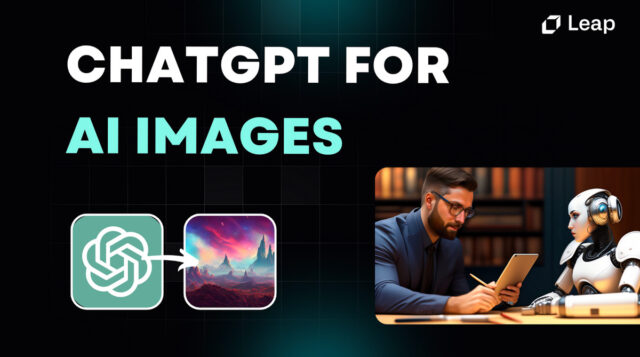
OpenAI has taken a significant step forward in artificial intelligence with the latest upgrade to ChatGPT’s image generation capabilities. This enhanced functionality allows users to create photorealistic visuals, refine images through multi-turn conversations, and incorporate customized elements with greater accuracy.
Key Features of the Upgrade
One of the most notable improvements in ChatGPT’s image generation is the ability to refine images interactively. Users can now request modifications—such as adding a hat to a snail in a city—and receive updated versions instantly. This multi-turn capability ensures more precise control over the final image, making AI-generated visuals more adaptable and practical.
Additionally, GPT-4o can generate up to 20 distinct objects within a single image, significantly expanding the creative potential of AI-generated art. It also boasts enhanced text rendering, allowing for more accurate incorporation of written elements, which is particularly useful for applications such as logo creation, infographics, and branding materials.
Customization Through Reference Images
Another groundbreaking feature of this update is the ability to upload reference images. Users can provide example visuals to guide the AI in producing more personalized and relevant content. This function is especially valuable for designers, marketers, and businesses seeking tailored imagery without extensive manual editing.
Practical Applications
The improved image generation capabilities offer a wide range of applications. Businesses can leverage AI-generated images for branding, marketing materials, and product designs. Content creators and educators can use it to develop engaging visual content, while hobbyists can experiment with artistic concepts more efficiently. The AI’s ability to render text accurately within images also enhances its utility for posters, presentations, and social media graphics.
Ethical Considerations and Artist Protection
OpenAI has implemented measures to ensure ethical use of AI-generated images. The model integrates transparent metadata to distinguish AI-generated content from human-created works, helping protect artists’ rights. Moreover, the training process incorporates reinforcement learning and online data to refine the AI’s ability to generate diverse and high-quality visuals responsibly.
Conclusion
ChatGPT’s upgraded image generation capabilities mark a significant advancement in AI-powered creativity. With enhanced customization, photorealistic quality, and multi-turn refinement, this tool opens new doors for industries ranging from design to education. As AI continues to evolve, its role in visual content creation is set to become even more influential, offering both convenience and innovation to users worldwide.



